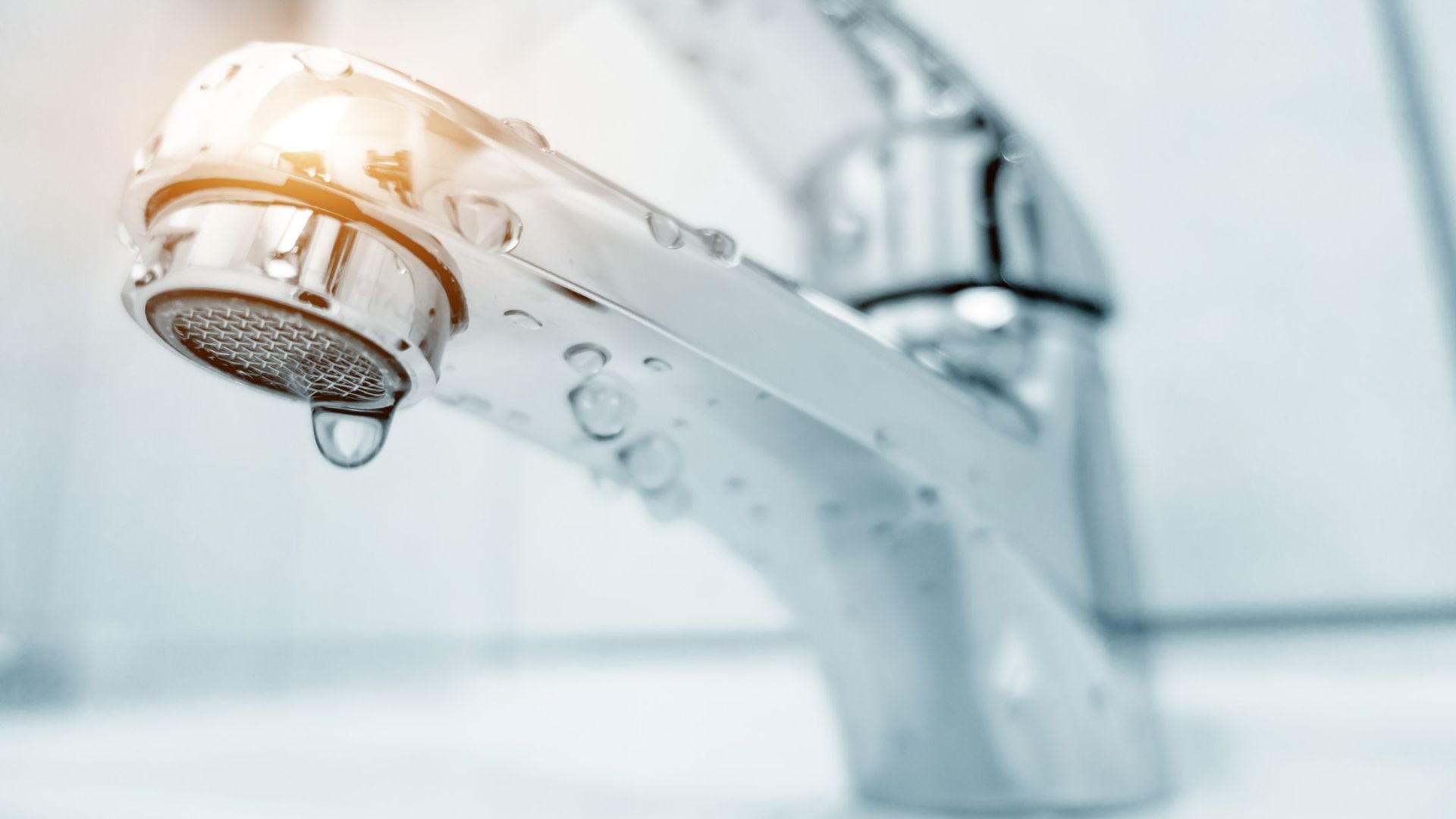Speedy Remedies for Fixing Low Water Pressure in Your Home
Speedy Remedies for Fixing Low Water Pressure in Your Home
Blog Article
We have discovered the article about 9 Reasons for Low Water Pressure in Your House below on the net and believe it made perfect sense to share it with you in this article.

Low water stress in your home can be an aggravating trouble, affecting everything from showering to washing recipes. If you're experiencing weak water circulation, there are numerous possible reasons and options to check out. In this guide, we'll discuss usual reasons for low tide stress and useful steps to resolve the issue successfully.
Introduction to Low Tide Pressure
Low tide pressure takes place when the circulation of water from your faucets, showers, and various other fixtures is weaker than usual. This can make daily jobs much more difficult and less efficient. Comprehending the reasons for low tide stress is important to discovering the ideal remedy.
Typical Causes of Low Tide Pressure
Pipe Obstructions
With time, pipelines can become clogged with natural resource, sediment, or debris, limiting the circulation of water. This is an usual problem in older homes with galvanized steel pipelines.
Corrosion
Corrosion within pipes can bring about leaks and decreased water stress. Rust build-up can tighten water flow, specifically in maturing plumbing systems.
Faulty Stress Regulators
Stress regulators are accountable for maintaining consistent water pressure in your house. If they malfunction, it can lead to low water stress or unequal circulation throughout the house.
Metropolitan Water Supply Issues
Often, the trouble lies outside your home. Community water supply concerns, such as main line leaks or maintenance job, can temporarily decrease water stress in your location.
Just How to Detect Low Tide Stress
Checking Taps and Components
Start by evaluating the water pressure at various taps and fixtures throughout your home. If the concern is isolated to particular areas, it may indicate local problems.
Evaluating Pipelines
Evaluate noticeable pipelines for indications of leakages, rust, or obstructions. Focus on any type of uncommon sounds, such as knocking or rattling pipelines, which might show problems within the plumbing system.
Consulting with a Plumber
If you're unable to determine the cause of low water stress, think about working with a professional plumber to perform an extensive examination. They can recognize underlying problems and recommend appropriate remedies.
DIY Solutions to Repair Low Water Pressure
Cleaning Up Aerators and Showerheads
Natural resources can gather in aerators and showerheads, reducing water flow. Remove and cleanse these parts routinely to improve water pressure.
Flushing Water Heater
Debris build-up in the hot water heater can restrict circulation and minimize effectiveness. Purging the storage tank periodically assists eliminate sediment and keep optimal efficiency.
Checking Stress Regulatory Authority
Make certain that the pressure regulatory authority is working appropriately. Adjusting or replacing the regulatory authority can aid bring back appropriate water pressure throughout your home.
Cleaning Clogs in Water Lines
For minor obstructions, try utilizing a plumbing serpent or chemical drainpipe cleaner to clear obstructions in pipes. Beware when utilizing chemicals and adhere to safety and security standards.
When to Call a Specialist Plumber
If DIY initiatives stop working to fix the issue or if you believe substantial plumbing troubles, it's ideal to seek assistance from a licensed plumber. They have the proficiency and devices to attend to complex problems safely and successfully.
Safety Nets to Keep Water Stress
Normal Maintenance
Arrange regular maintenance for your plumbing system to stop problems such as corrosion, leaks, and blockages. Dealing with small problems early can assist prevent more substantial fixings later.
Installing a Stress Booster
Take into consideration mounting a pressure booster pump to boost water stress in locations with regularly reduced circulation. This can be specifically useful for multi-story homes or residential or commercial properties with high-demand components.
Monitoring Water Use
Be mindful of water usage behaviors and stay clear of ill-using the plumbing system. Straightforward changes, such as incredible showers and laundry tons, can help preserve ample water pressure.
Conclusion
Managing low tide pressure can be frustrating, yet recognizing the underlying causes and implementing appropriate remedies can recover ideal circulation throughout your home. Whether it's cleaning up aerators, checking pipelines, or seeking advice from a plumber, taking aggressive actions can make certain a consistent supply of water for your daily needs.
FOUR WAYS TO FIX LOW WATER PRESSURE NOW
Turning on a shower or faucet only to find the water comes out in a sad, slow drizzle is never a good feeling. How exactly are you supposed to wash a pan or take a quick shower when it takes 10 minutes just to rinse off a little soap? The good news is that when your water pressure is bad, there's always a cause: typically one that can be easily fixed. Here are some of the most common causes of low pressure and what you can do to fix the issue:
DEBRIS AND MINERAL DEPOSIT BUILDUPS
If you notice low water pressure from just one or two of the fixtures in your house, the problem likely has to do with debris buildup. Water is full of minerals and other debris, all of which can accumulate in your pipes and on your fixtures. This can cause a blockage that affects how much water flows through. To fix this, try filling a small plastic bag with white vinegar, and use a rubber band to hang it around your showerhead or faucet. Let the head of the fixture soak for a few hours, and the vinegar should loosen the deposits.
WATER LEAKS
Leaks are another common cause of low water pressure. If water is flowing out of your plumbing through a hole or crack before it can reach your fixture, the pressure coming out of the faucet or showerhead will be lower. A plumbing professional is your best bet for finding and repairing a leak in your water supply pipes.
Leaks are another common cause of low water pressure. If water is flowing out of your plumbing through a hole or crack before it can reach your fixture, the pressure coming out of the faucet or showerhead will be lower. A plumbing professional is your best bet for finding and repairing a leak in your water supply pipes.
FOUR WAYS TO FIX LOW WATER PRESSURE NOW
Turning on a shower or faucet only to find the water comes out in a sad, slow drizzle is never a good feeling. How exactly are you supposed to wash a pan or take a quick shower when it takes 10 minutes just to rinse off a little soap? The good news is that when your water pressure is bad, there's always a cause: typically one that can be easily fixed. Here are some of the most common causes of low pressure and what you can do to fix the issue:
DEBRIS AND MINERAL DEPOSIT BUILDUPS
If you notice low water pressure from just one or two of the fixtures in your house, the problem likely has to do with debris buildup. Water is full of minerals and other debris, all of which can accumulate in your pipes and on your fixtures. This can cause a blockage that affects how much water flows through. To fix this, try filling a small plastic bag with white vinegar, and use a rubber band to hang it around your showerhead or faucet. Let the head of the fixture soak for a few hours, and the vinegar should loosen the deposits.
WATER LEAKS
Leaks are another common cause of low water pressure. If water is flowing out of your plumbing through a hole or crack before it can reach your fixture, the pressure coming out of the faucet or showerhead will be lower. A plumbing professional is your best bet for finding and repairing a leak in your water supply pipes.
Leaks are another common cause of low water pressure. If water is flowing out of your plumbing through a hole or crack before it can reach your fixture, the pressure coming out of the faucet or showerhead will be lower. A plumbing professional is your best bet for finding and repairing a leak in your water supply pipes.
A VALVE ISSUE
If you have low water pressure throughout your home, check your main shut-off valve to make sure it's completely open. You may also want to see if there's a pressure-reducing valve installed. If there is, have a plumber help you adjust the settings to get the pressure you're looking for.
OTHERS USING WATER
Believe it or not, your low water pressure could be caused by your neighbors. If you notice low pressure at certain times of day, it may be because you and the people living next to you have similar schedules - when everyone is showering at the same time, the pressure will be lower in every home. Low pressure throughout the neighborhood may also be caused by an issue with your municipal water supply. If that's the case, call the supplier to see if they're working on the issue.
https://www.rotorooter.com/blog/water-leaking/low-water-pressure-fixes/

Do you enjoy reading up on 10 Reasons for Low Water Pressure in Your House? Create a short review further down. We'd be pleased to hear your insights about this post. We hope that you come back again soon. Sharing is nice. Helping others is fun. I am grateful for your time. Don't hesitate to stop by our blog back soon.
Click Here Report this page